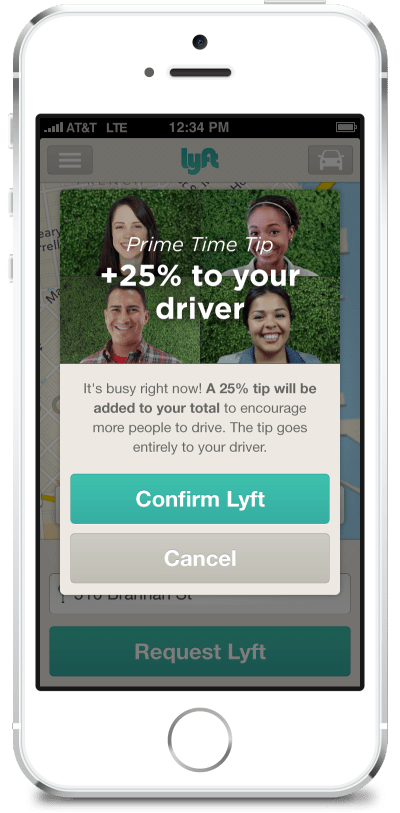When I started in Community Management, it was a bit of a novelty.
As “Web 2.0” (which it was referred to without irony at the time) slowly gained momentum, here was this relatively new role* that embodied the hope that this second web boom would be more sustainable, and more caring.
Community management was something you had to explain not just to relatives, but to tech folks as well. Even when Jeremiah Owyang started Community Manager Appreciation Day in 2010, not everyone was positive the role would be around in 5 years.
The Google Trends chart below quantifies what we already know: community management has surged in popularity. I like this chart. 🙂

But you can also see that interest has flattened out a bit, and the projection for coming months is pretty similar. The tipping point for community management has already occurred – but that means our work is just starting.
As Twitter, the Atkins diet, and Pauly Shore know, just because you’re popular doesn’t mean you’ve built something good and sustainable. In fact, it’s at these points of mass popularity that the holes start to show: fragmentation in the definition of the role, community managers doing negative things, and a worrisome lack of ROI.
Let’s not let our tipping point be the beginning of the end – let’s take it as a challenge. Let’s make it a springboard. If we’ve succeeded in making community management popular, let’s now succeed at making it amazingly effective, respected, and sustainable. Let’s push our craft forward and live up to all the hype, shall we?
Here’s a few recommendations for you and me (I forget these all the time):
Dream. Dream of what this role could be. Dream of where you can grow to from where you are now. Stop complaining about people not listening to you, or things not getting run past you, or things being done wrong. Instead change them. Become a more core part of the organization. Show your value and leverage that. Think about building a department (or even a company, like Thomas Knoll). Be ambitious!
Learn. Go to CMX Summit and UserConf. Read Buzzing Communities. Read the many amazing blogs that are available (like this OPML file of the blogs of the 2014 top 100 community managers) . Don’t take anything for granted.
Share. At a recent #CMGRchat on Twitter, many community managers were lamenting the availability of key studies and data. But few of them share any of this information! If you want more information out in the world, you have to lead by example. Although it can be a slog to get your company to agree to that push to release this data, do it. Share anecdotes. Start a blog and share thoughts, even if they’re small and seem dumb. Make our craft better and you will be better for it.
We have so much opportunity sitting here waiting for us. Let’s take advantage of it!
*A few folks, like the excellent Randy Farmer, had been doing it for years…but only a few, and they didn’t go by community managers until the 00’s, I believe.

 You have X amount of work each day and your Y employees are able to complete it within 24 hours. Success, a sustainable business! If it turns out, however, that in order to accomplish this baseline work people are consistently working very late hours, you have a false positive.
You have X amount of work each day and your Y employees are able to complete it within 24 hours. Success, a sustainable business! If it turns out, however, that in order to accomplish this baseline work people are consistently working very late hours, you have a false positive.
